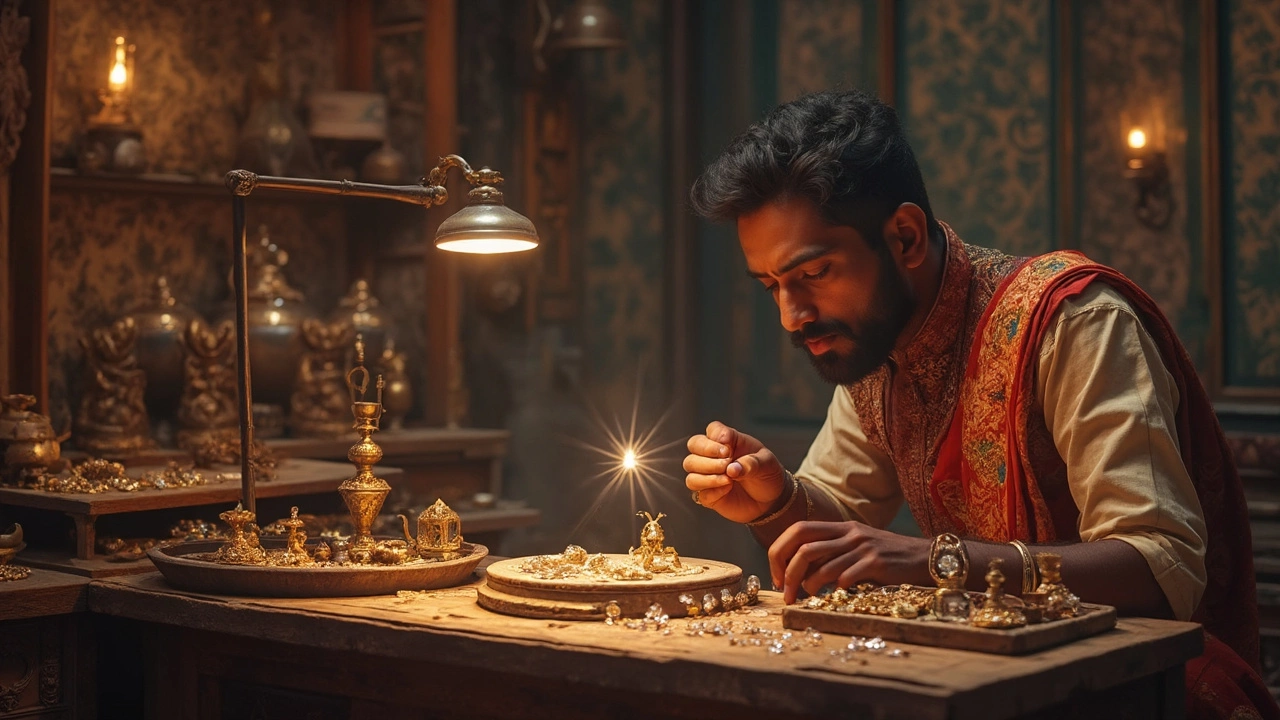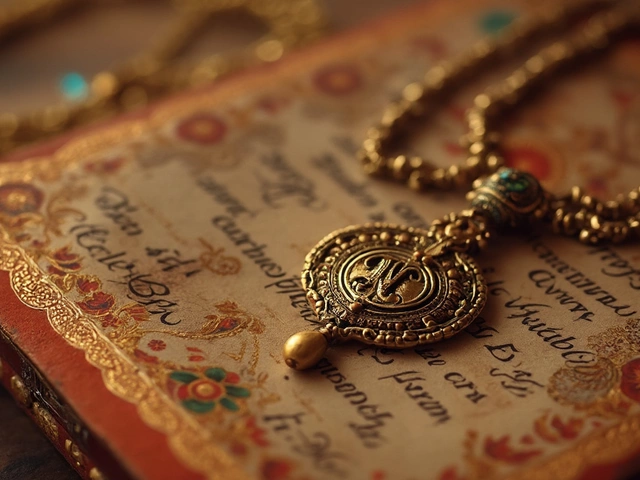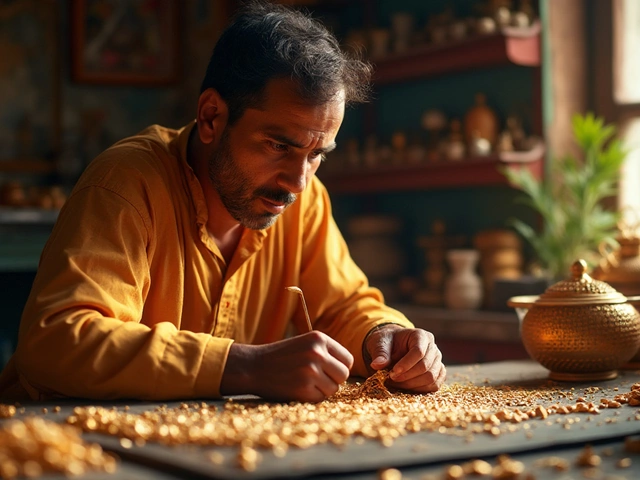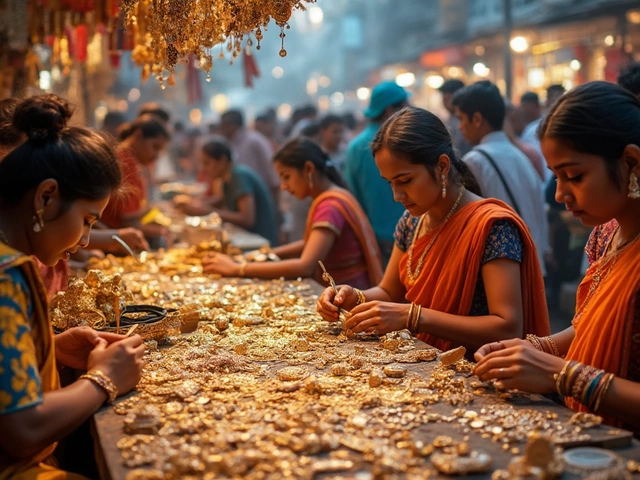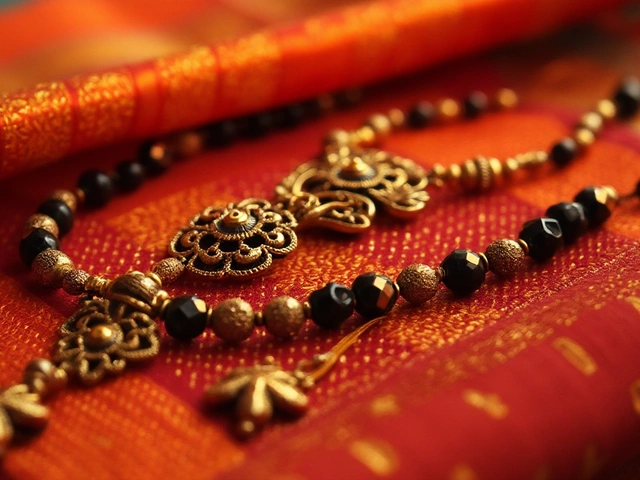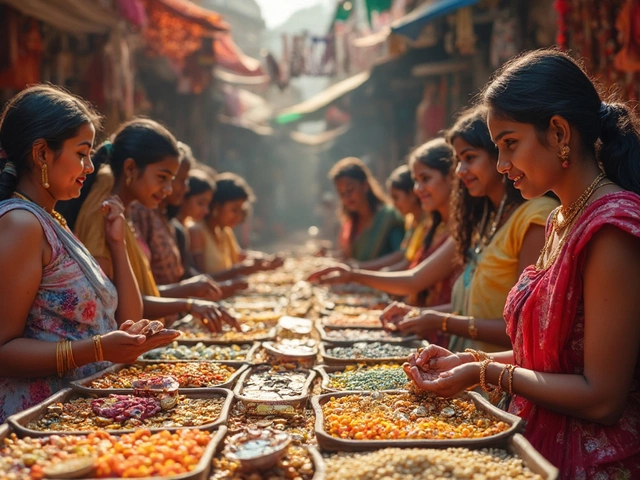Vintage Engagement Rings: What Makes Them Special?
If you love romance with a dash of history, a vintage engagement ring might be the perfect fit. These rings aren't just old; they carry the design language of a past era, whether it’s the Art Deco sparkle of the 1920s or the delicate filigree of the Victorian era. The metal, the setting, and the gemstones all tell a story that modern rings often miss.
What separates a true vintage piece from a modern replica? Age, design details, and hallmarks are the three clues you need. Genuine vintage rings will have older hallmarks stamped on the band, sometimes even a maker’s mark that you won’t find on today’s pieces. The setting style—like a claw setting for a 1930s diamond or a milgrain edge on a 1900s band—also points to a specific time period.
How to Spot a Real Vintage Ring
First, check the hallmarks. In India, look for BIS stamps, but many vintage pieces predate BIS standards. You’ll often see a small circle with numbers indicating the gold purity, plus a logo of the old jeweler. If the ring is silver, you might see a ‘925’ or ‘800’ stamp. Next, examine the craftsmanship. Hand‑crafted details such as hand‑engraved motifs, soldered joins, or uneven prongs suggest the piece was made before computer‑aided tools took over.
Another tip: ask about the provenance. Sellers who know the ring’s background—how it was inherited or where it was sourced—are usually more trustworthy. If you’re buying online, look for high‑resolution photos that show the back of the ring, the inside, and any wear patterns. Authentic vintage rings often have tiny scratches that only time can give them.
Buying Tips for First‑Time Vintage Shoppers
Set a budget before you start. Vintage rings can range from a few thousand rupees for a modest 10‑carat‑weight stone to lakhs for a rare Art Deco piece. Knowing what you can spend helps you stay focused. When you find a ring you like, compare it with similar pieces from the same era. This gives you an idea of market value and helps you spot overpriced listings.
Consider the stone’s condition. Vintage diamonds may have a natural “sweet spot” that’s slightly off‑center or have a faint inclusion. Those are not defects; they’re part of the charm. If the stone looks cloudy or has chips, ask about repair options and the extra cost.
Finally, think about how the ring will fit your lifestyle. A delicate filigree band can be stunning but may need extra care if you work with your hands a lot. Reinforce fragile settings with a modern jeweler if needed—this keeps the vintage look while adding durability.
Keeping a vintage ring shining is simple. Clean it with a mild soap solution, avoid harsh chemicals, and store it in a soft pouch away from other jewelry that could scratch it. An annual check‑up with a trusted jeweler can tighten any loose prongs before they become a problem.
Whether you’re after the bold geometry of the 1960s or the romantic curves of the Edwardian era, vintage engagement rings let you wear a piece of history on your finger. With these tips, you’re ready to shop confidently, spot the real deal, and keep your ring looking gorgeous for years to come.
Most Sought After Diamond Cut: What the Antique Jewellery World Loves
Curious about which diamond cut takes the top spot in antique jewellery designs? This article breaks down the reasons behind its popularity and what makes it special. You'll learn about its history, standout features, and tips for choosing the right vintage piece. If you’re eyeing a timeless engagement ring or want to understand old-world jewellery trends, you’ll get plenty of practical insights here. Dive into fascinating facts and get advice on spotting genuine antique cuts.
